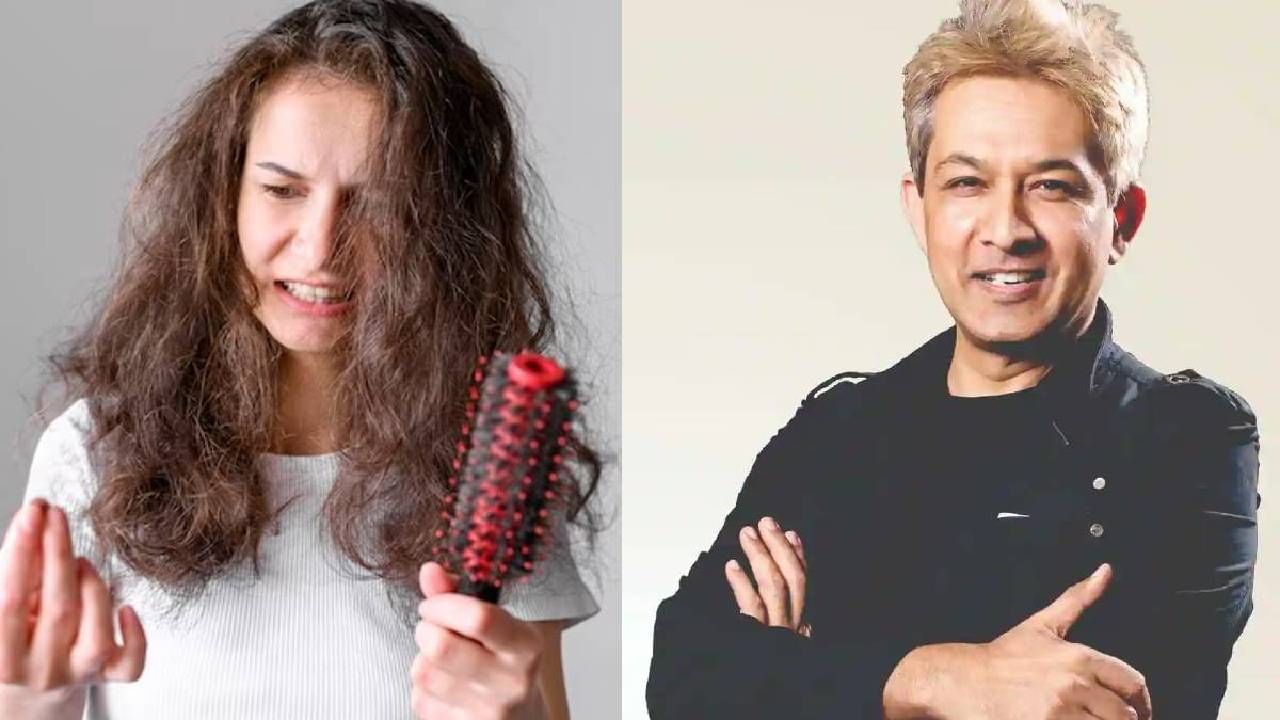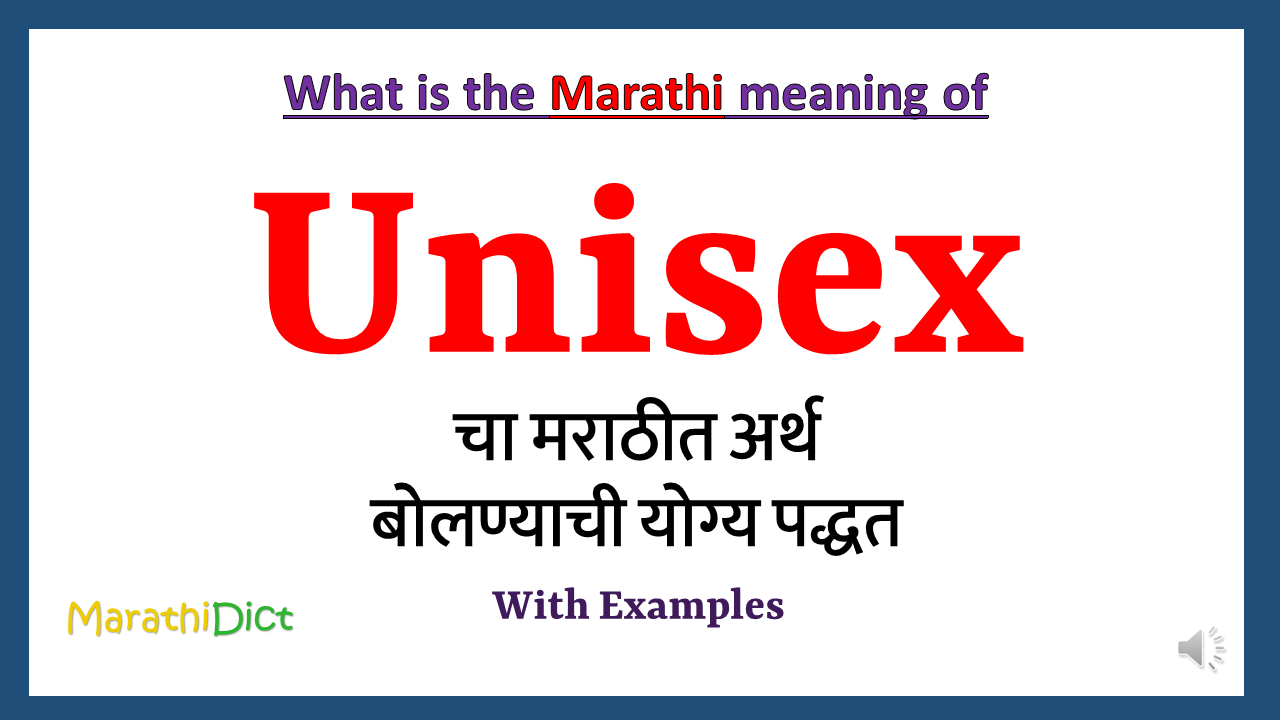
The world of beauty and personal grooming has undergone a significant transformation, evolving from rudimentary services to highly specialized and artistic professions. Among these, the role of a hair stylist stands out as a blend of technical skill, creative vision, and interpersonal finesse. In the Marathi-speaking context, understanding the term "hair stylist" goes beyond a mere translation; it involves appreciating the cultural nuances, historical evolution, and the contemporary significance of this dynamic profession.
At its core, a "hair stylist" in Marathi can be directly translated and understood through several terms, each carrying a slightly different connotation. The most common and direct transliteration is केस स्टायलिस्ट (Kes Stylist). This term is widely used in modern parlors, beauty academies, and by the general public, reflecting the global influence of English terminology in contemporary professions. Another frequently used term, also a transliteration, is हेअर ड्रेसर (Hair Dresser), which is often used interchangeably with "Kes Stylist."
However, to truly capture the essence and historical depth of the profession, one must look to the more traditional Marathi term: केशभूषाकार (Keshbhushakar). This compound word is derived from "केश" (kesh), meaning hair, and "भूषाकार" (bhushakar), meaning one who adorns or decorates. Thus, "Keshbhushakar" literally translates to "one who adorns or styles hair." This term carries a more formal, classical, and artistic weight, often evoking a sense of traditional craftsmanship and aesthetic sensibility. While "Kes Stylist" or "Hair Dresser" are commonplace in everyday conversation and commercial branding, "Keshbhushakar" resonates with a deeper cultural understanding of hair as an integral part of personal beauty and identity.
Beyond these direct translations, it’s crucial to differentiate the modern hair stylist from the traditional न्हावी (Nhavi) or नाभीक (Nabhik), which refers to a barber. Historically, the Nhavi was a community-specific service provider, often performing not just haircuts but also shaves and sometimes even minor surgical procedures or ritualistic hair-cutting ceremonies. Their role was primarily functional and community-based, often passed down through generations. The modern hair stylist, or Keshbhushakar, represents a significant evolution from this traditional role, moving towards a more specialized, fashion-driven, and client-centric approach that emphasizes artistry, trends, and comprehensive hair care.
The evolution of the hair styling profession in Maharashtra mirrors the broader socio-economic and cultural changes in India. For centuries, hair care was largely a domestic affair or handled by the local Nhavi. The advent of modern beauty salons began in urban centers, influenced by Western trends and the growing aspirations of an increasingly globalized society. Bollywood, with its ever-changing hairstyles and fashion statements, played a pivotal role in popularizing new looks and creating a demand for professional hair services. Marathi cinema and television, too, contributed to this shift, albeit on a regional scale, by showcasing diverse hairstyles and encouraging people to experiment with their looks.
Today, a hair stylist in Maharashtra is far more than someone who simply cuts hair. They are artists, consultants, and confidantes. Their role is multifaceted, encompassing a wide range of skills and responsibilities:
- Consultation and Communication: A good hair stylist begins with a thorough consultation. They listen to the client’s desires, assess their hair type, texture, and condition, consider their face shape, lifestyle, and even their personality. In the Marathi context, this often involves understanding specific cultural preferences, such as styles for traditional events like weddings (लग्न), festivals (सण), or religious ceremonies. Effective communication, often in Marathi, is key to building trust and ensuring client satisfaction.
- Technical Expertise: This is the bedrock of the profession. A hair stylist must master various cutting techniques (blunt, layered, graduated, asymmetrical), coloring methods (highlights, lowlights, balayage, global color), perming, straightening, and styling (blow-drying, curling, updos, braids). They must also be proficient in using a wide array of tools, from scissors and razors to dryers, straighteners, and curling irons, ensuring precision and safety.
- Trend Awareness: The world of hair fashion is constantly evolving. A skilled Keshbhushakar stays updated with the latest global and local trends, whether it’s the newest bob cut, a popular balayage technique, or a trending bridal updo. They attend workshops, seminars, and follow industry publications to continuously hone their skills and knowledge.
- Product Knowledge: Hair stylists are experts in hair care products. They understand the chemical compositions, benefits, and applications of various shampoos, conditioners, treatments, styling products, and color brands. They advise clients on suitable products for their hair type and concerns, helping them maintain healthy hair between salon visits.
- Hygiene and Safety: Maintaining impeccable hygiene standards is paramount. This includes sterilizing tools, ensuring a clean workspace, and adhering to health and safety regulations to prevent infections and allergic reactions.
- Client Relationship Management: Beyond technical skills, building rapport and a loyal client base is crucial. Many clients develop a deep trust with their stylists, often sharing personal stories and relying on their advice. This personal connection is particularly valued in Marathi culture, where relationships often extend beyond mere transactions.
- Artistic Vision: Ultimately, a hair stylist is an artist. They visualize how a particular cut or color will enhance a client’s features and personality. They understand principles of design, balance, and aesthetics, transforming hair into a canvas for creative expression.
The social perception of a hair stylist in Maharashtra has also evolved significantly. What was once considered a manual labor job is now increasingly recognized as a skilled, creative, and respectable profession. The rise of celebrity stylists, high-end salons, and specialized beauty academies has contributed to this elevated status. Many young individuals, both men and women, are now choosing hair styling as a viable and rewarding career path, driven by passion for creativity and the potential for financial independence.
Training for a hair stylist in Maharashtra typically involves formal education at beauty academies or vocational training centers, which offer comprehensive courses in cutting, coloring, styling, and salon management. Many also begin their careers as apprentices, learning hands-on from experienced stylists. Continuous learning is vital, with many professionals attending advanced workshops to specialize in areas like bridal styling, editorial work, or advanced coloring techniques.
The opportunities for hair stylists in Maharashtra are diverse. They can work in established salons, open their own independent studios, become freelance stylists for events and fashion shows, or even transition into roles as educators or product representatives for beauty brands. The growing demand for specialized services, coupled with the increasing disposable income of the middle class, ensures a robust market for skilled hair professionals.
However, the profession is not without its challenges. It demands long hours, often including weekends and holidays. It is physically demanding, requiring stylists to stand for extended periods. The competition can be intense, necessitating continuous skill upgrades and effective marketing. Managing client expectations, dealing with difficult situations, and staying abreast of rapidly changing trends also require resilience and adaptability.
In conclusion, the meaning of "hair stylist" in Marathi extends beyond the direct translation of केस स्टायलिस्ट (Kes Stylist) or हेअर ड्रेसर (Hair Dresser). It encompasses the rich cultural heritage embodied by the term केशभूषाकार (Keshbhushakar), reflecting an artistic tradition of hair adornment. It signifies a dynamic profession that has evolved from traditional barbering to a sophisticated blend of technical mastery, artistic vision, and client-centric service. In the vibrant landscape of Maharashtra, the hair stylist is not just a service provider but a key player in shaping personal identity, celebrating cultural occasions, and contributing to the ever-evolving narrative of beauty and style. They are, in essence, artists who sculpt confidence and express individuality, one strand at a time.






